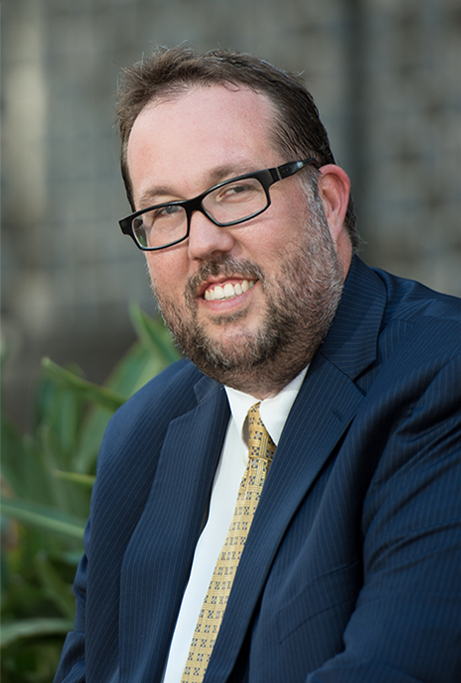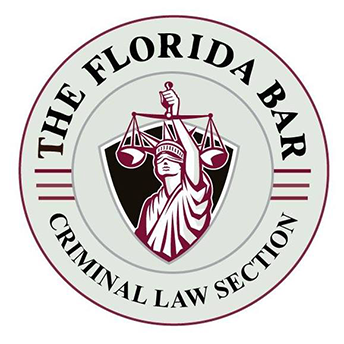FDLE’s DNA Section
In some criminal cases, law enforcement officers collect DNA samples. Those samples might be sent to the Florida Department of Law Enforcement for analysis.
FDLE has used DNA technology for more than twenty years to determine possible crime suspects, exonerate the innocent, and help provide answers for the criminal justice system.
In 2021, FDLE’s Biology & DNA Sections received more than 18,000 requests for testing services. FDLE performs biology screening, STR DNA testing, and Y-STR testing.
FDLE’s technicians and analysts provided lab reports in less than 85 days on average.
Florida’s DNA Investigative Support Database maintains more than 1.5 million profiles from convicted offenders and felony arrestees.
Attorney for DNA Evidence in Florida
The criminal defense attorneys at Sammis Law Firm represent clients charged with crimes throughout the greater Tampa Bay area.
We are familiar with the ways DNA evidence might be used in criminal prosecutions and the legal defenses that might apply.
We also know how to force DNA testing when it might help us get charges dropped, show reasonable doubt in our cases, or even prove our client’s innocence.
Call 813-250-0500 to discuss your case.
Additional Resources
FDLE DNA Database – Visit the FDLE website to learn more about when the FDLE DNA Database receives DNA samples from individuals arrested or convicted for offenses as mandated under Section 943.325, Florida Statutes. The agencies that collect DNA samples from qualifying offenders include the Florida Department of Corrections, the Department of Juvenile Justice, the Sheriff’s Offices, and the authorities at county correctional facilities. According to FDLE, the Florida DNA Database averages over 4,500 DNA hits to unsolved crimes per year.
Florida Administrative Code 11D-6 – Visit the website for the Florida Administrative Code to find out more about FACC 11D-6 which provides definitions and procedures for DNA sample collection.
This article was last updated on Tuesday, January 26, 2023.














